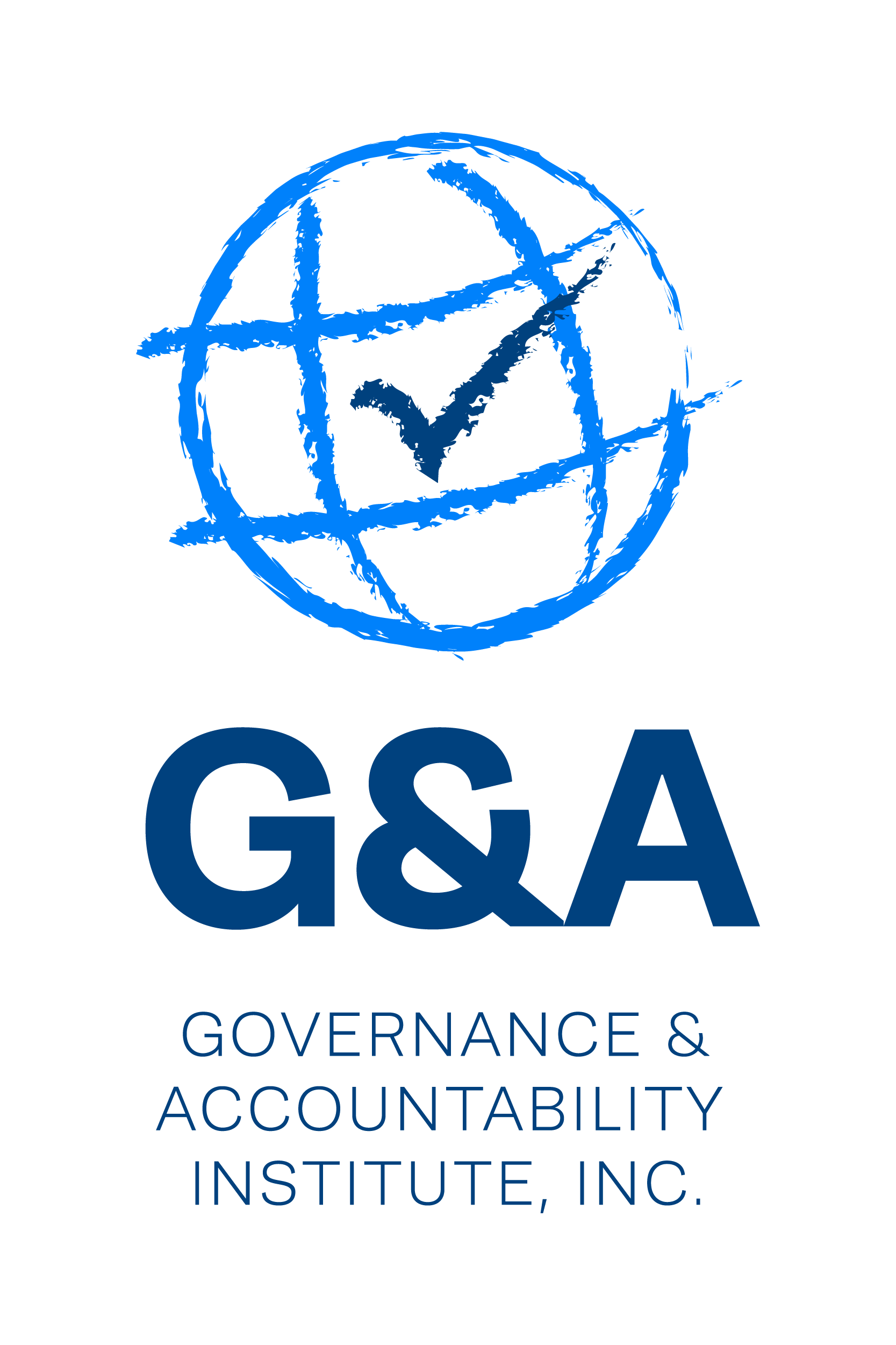Corporate Sustainability Reporting: Changes in the Global Landscape - What Might 2021 Bring?
G&A's Sustainability Highlights (12.07.2019)
Corporate Sustainability Reporting: Changes in the Global Landscape - What Migh…
Change is a-coming – quite quickly now – for corporate sustainability reporting frameworks and standards organizations.
Before the disastrous October 1929 stock market crash, there was little in the way of disclosure and reporting requirements for companies with public stockholders. The State of New York had The Martin Act, passed in 1921, a “blue sky law” that regulates the sales and trades of public companies to address fraud issues.
The New York Attorney General is the “Sheriff of Wall Street” (see: AG Eliot Spitzer) under this still-existing statute. President Franklin Delano Roosevelt, two-term governor of NY before his election to the highest office in 1932, brought along a “brains trust” to Washington and these colleagues shaped the historic 1933 Securities Act and 1934 Securities Exchange Act to regulate corporate disclosure and Wall Street activities. The Martin Act was a powerful influence on the development of foundational federal statutes which are regularly updated to keep pace with new developments (Sarbanes-Oxley, 2002, updated many portions of the 1934 Act).
What was to be disclosed and how? Guidance was needed by the boards and executives they hired to run the company. And so, in a short time “Generally Applied Accounting Principles” began to evolve. These became “commonly accepted” rules of the road for corporate accounting and financial reporting. There were a number of organizations contributing to GAAP including the AICPA. The guiding principles were and are materiality, consistency, prudence (or moderation) and objectivity like auditor independence verifying results.
Now – apply all of this to the Wild West of the 1920s leading up to the 1929 crash and it reminds one of the situations today with corporate ESG, sustainability, CR, citizenship reporting. A growing chorus of investors and companies are calling for clear guidance and understanding of the rules of the road from the Sheriffs for sustainability disclosures – especially in the USA, from the Securities & Exchange Commission…and the Financial Accounting Standards Board (FASB), the two official keepers of GAAP.
For sustainability disclosure – what is material? What should be disclosed in a consistent and comparable way? This is important to information users. At the center of discussion: materiality – everyone using corporate reports in their analysis clamors for this in corporate sustainability disclosure. Materiality is at the heart of the SASB Standards developed for 77 industry categories. Disclosure of the material is an important part of the purpose that GAAP has served for 8-plus decades.
Yes, there is some guidance out there, beginning two decades ago with the GRI Framework in 1999-2000. Publicly-traded companies have the GRI Standards available to guide their reporting on ESG/sustainability issues to investors and stakeholders. There is the SAM Corporate Sustainability Assessment (CSA), now managed entirely by S&P Global, and available to invited companies since 1999-2000.
Since 2000, companies have had the UN Global Compact principles to include in their reporting. Since 2015 corporate managers have had the UN Sustainable Development Goals (SDGs) to report on (and before that, the predecessor UN Millennium Development Goals, 2000-2015). And the Task Force on Climate-Related Financial Disclosure (TCFD) recommendations were put in place in 2017.
The Securities & Exchange Commission (SEC) in February 2010 in “guidance” reminded corporate boards of their responsibility to oversee risk and identified climate change matters as an important risk.
This is today’s thicket of possible reporting frameworks and standards to navigate, and that could be used for telling the story of the company’s sustainability journey – explaining strategy, programs, actions, achievements, engagements, and more – the material items Profiling the corporate carbon footprint in the process. But there is no GAAP to guide the company, as in the example of financial accounting and reporting.
Institutional investors have been requesting more guidance from the SEC on sustainability et al reporting – but the commission has been reluctant to move much beyond the 2010 guidance even as literally hundreds of publicly-traded companies expand their voluntary disclosure on climate change, diversity & inclusion, political spending, supply chain management, community support, and a host of other ESG issues. (Human Capital Management was addressed in the recent Reg S-K updating.)
We think 2021 will be an interesting year in this ongoing discussion – “what” and “how” should companies be disclosing on sustainability topics & issues. The providers of existing frameworks and standards for companies and those influencing the disclosures in other ways are moving ahead in various ways, with workarounds where in the USA government mandates for sustainability reporting do not yet exist. We’ve selected a few items for you to keep up with the rapidly-changing world of corporate ESG disclosures in our Top Stories and other topic silos.
There are really important discussions! We watch these developments intently as helping corporate clients manage their ESG / sustainability disclosures is at the heart of our team’s work and we will continue to keep sharing information with you in the Highlights newsletter.
More about this in The Wall Street Journal with comments from G&A’s Lou Coppola: Companies Could Face Pressure to Disclose More ESG Data (Source: The Wall Street Journal)
This is just the introduction of G&A's Sustainability Highlights newsletter this week. Click here to view the full issue.

